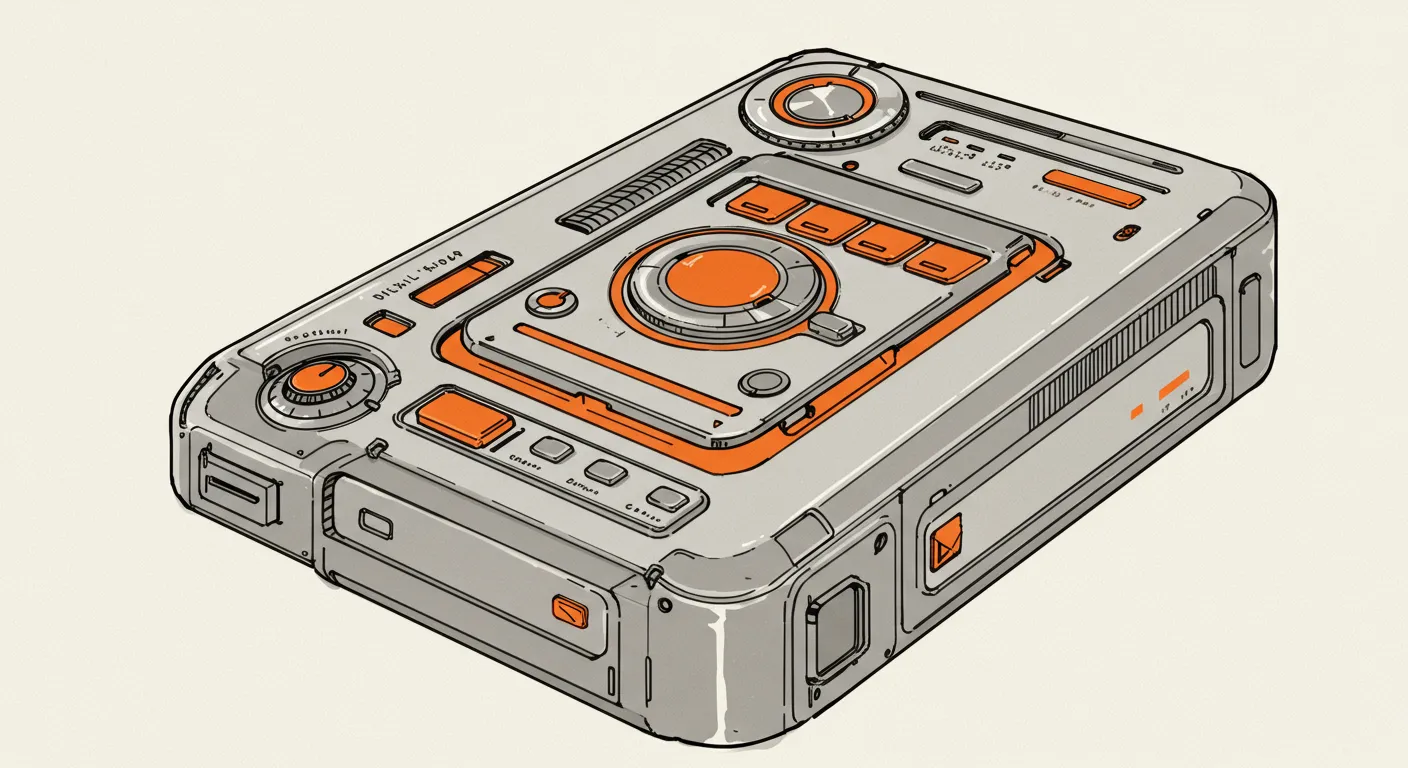Online commentators have been diving deep into the nuances of LVGL, a lightweight graphics library designed for embedded systems that promises to simplify UI development in resource-constrained environments.
The library's core appeal lies in its portability and simplicity. Several online participants highlighted its ability to create user interfaces for devices with limited computational power, particularly noting its usefulness in scenarios where traditional desktop GUI libraries would be overkill. One commentator emphasized that LVGL is specifically tailored for low-level embedded systems where developers might only have basic pixel-drawing capabilities.
However, the discussion wasn't without critical perspectives. Some developers questioned whether LVGL was "reinventing the wheel," pointing out the existence of other C GUI libraries. The library's limitations became a focal point, with commentators noting its unsuitability for high-resolution displays or systems with integrated 3D graphics hardware like ARM Mali.
Alternative UI design tools emerged as a significant conversation thread. Participants recommended various free and open-source options like GUI Glider from NXP, EEZ Studio, and others, suggesting that developers have multiple paths for creating embedded interfaces. These recommendations reflected a community eager to share practical, cost-effective solutions.
The conversation ultimately underscored a broader trend in embedded systems development: the ongoing quest for flexible, efficient tools that can work across diverse hardware configurations. While LVGL might not be a universal solution, it represents an important option for developers working in constrained computing environments where every computational resource counts.


